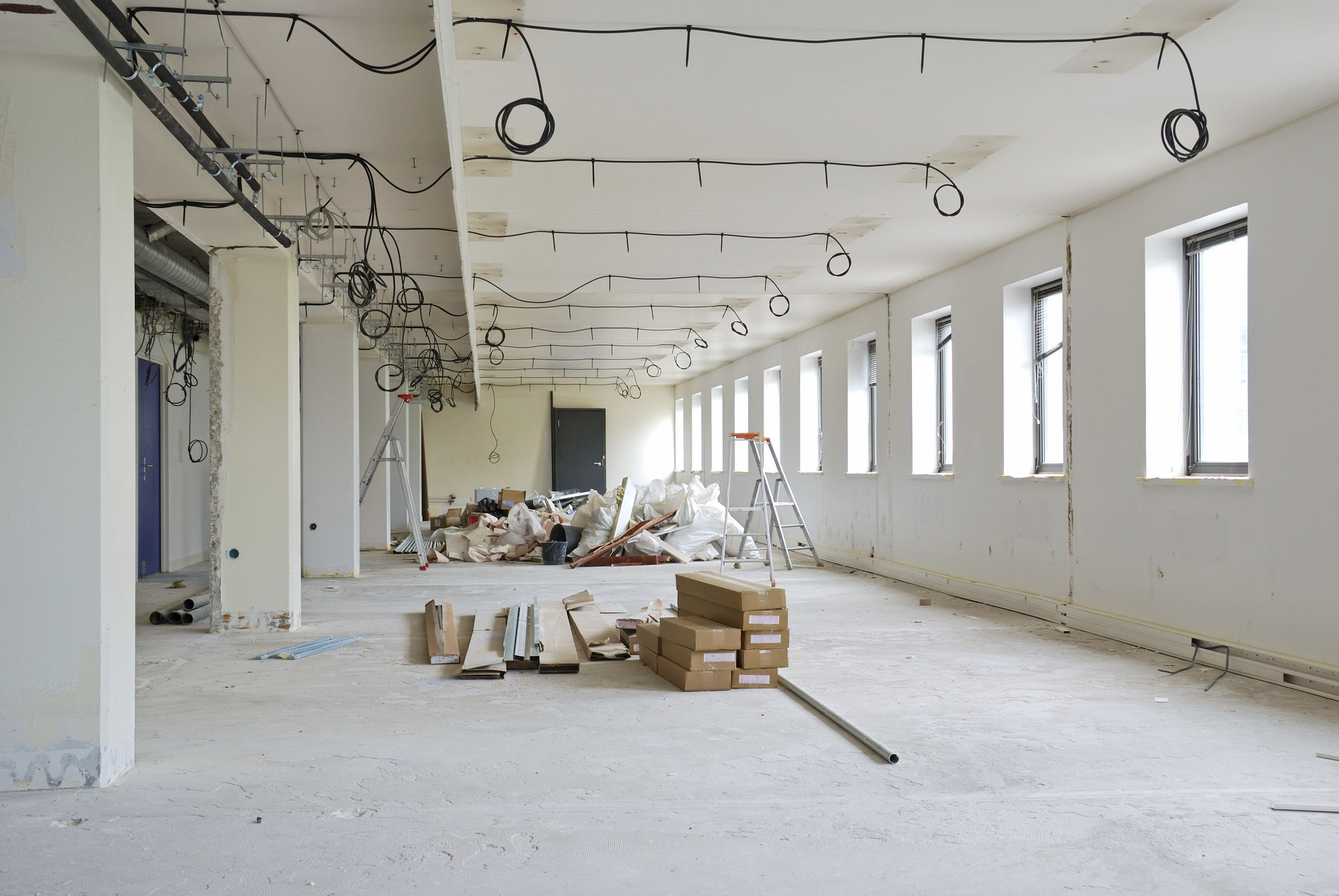Transforming Office Spaces in Toronto with Indoor Plants: A Case Study
Introduction to the Green Revolution in Office Spaces
In recent years, the trend of incorporating indoor plants into office spaces has gained significant momentum. This transformation is more than a mere aesthetic upgrade; it's a movement towards creating healthier and more productive work environments. A prime example of this trend can be observed in Toronto, where businesses are increasingly embracing greenery to revitalize their workspaces.
Toronto, known for its bustling urban landscape, is now becoming a pioneer in integrating nature into its corporate settings. This shift not only enhances the visual appeal of office spaces but also brings a myriad of benefits to employees and employers alike.

The Benefits of Indoor Plants in the Workplace
Improved Air Quality and Health
Indoor plants are renowned for their ability to purify air, removing toxins and releasing oxygen. This improvement in air quality can lead to reduced health issues among employees, such as headaches and respiratory problems. In Toronto's offices, companies have reported a noticeable decrease in sick days and related absences since introducing plants.
Boosted Employee Productivity
The presence of greenery in office spaces has been linked to increased productivity. Studies suggest that employees working in environments with natural elements tend to be more focused and creative. In Toronto, businesses have observed enhanced performance and job satisfaction among their teams, attributing these changes to the calming effects of indoor plants.

Case Study: A Toronto Office Transformation
The Initial Challenges
One Toronto-based company, initially skeptical, decided to experiment with indoor plants to address the stale and uninspiring atmosphere of their workspace. The primary challenge was selecting suitable plants that could thrive indoors and complement the existing office decor.
The Implementation Process
The company collaborated with local horticulturists to choose a variety of low-maintenance plants such as snake plants, pothos, and peace lilies. These were strategically placed around the office to maximize their impact without disrupting work processes.
- Assessment of current workspace conditions
- Selection of appropriate plant species
- Strategic placement for optimum effect
- Regular maintenance schedule establishment

The Results and Employee Feedback
Post-implementation, the office experienced a remarkable transformation. Employees reported feeling more energized and less stressed, attributing these positive changes to the new office environment. The visual appeal of the office was significantly enhanced, creating an inviting atmosphere for both staff and visitors.
Feedback from employees highlighted an overall improvement in morale and workplace satisfaction. The introduction of indoor plants also fostered a sense of community as employees took on the responsibility of caring for the plants, further solidifying team bonds.
Conclusion: A Greener Future for Toronto Offices
The case study demonstrates the profound impact that indoor plants can have on transforming office spaces in Toronto. As more businesses recognize the benefits of integrating nature into their work environments, it's likely that this trend will continue to grow.
For those considering a similar transformation, the key takeaway is that the introduction of indoor plants is not merely about beautifying a space; it's about enhancing the overall well-being and productivity of its occupants. As Toronto leads the way in this green revolution, other cities may soon follow suit, ushering in a new era of sustainable office design.